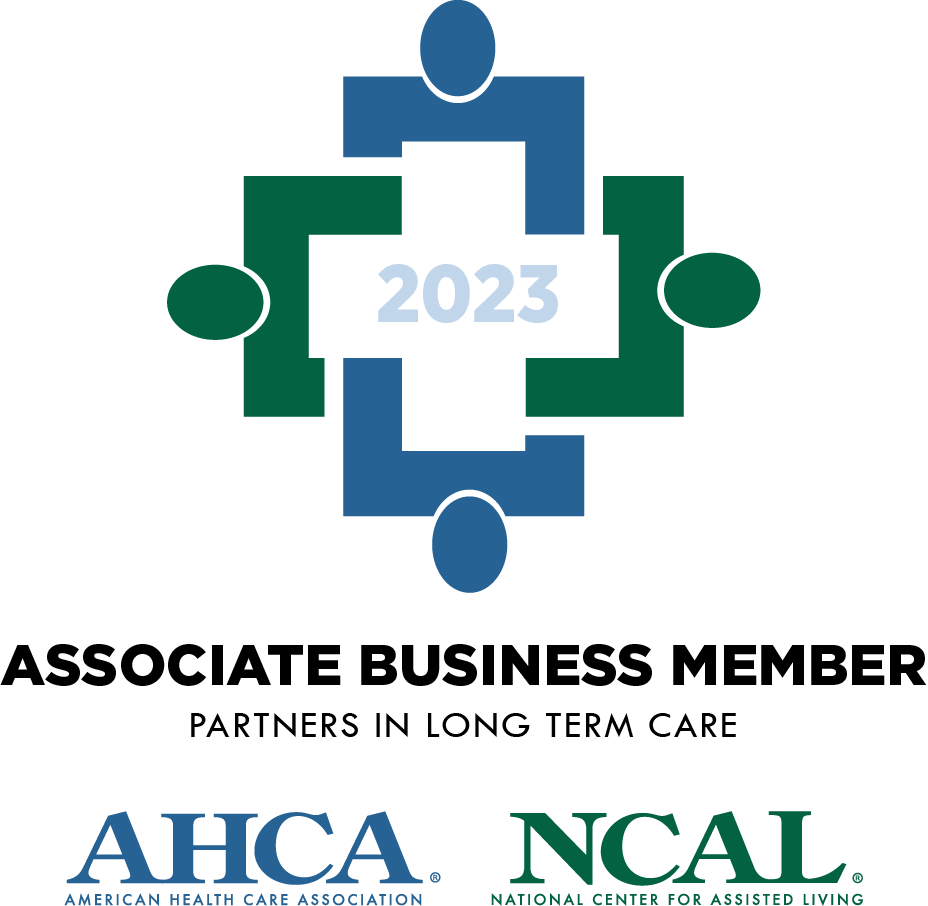I call myself a “nursing home brat.” As a third-generation nursing home provider, I worked alongside my grandparents and parents and have been part of the evolution of long-term care. As an industry, we have grown and matured, gaining a better understanding of the needs of our elders and quality of care. With many positive changes, including eliminating physical restraints and reducing psychoactive medications, comes more regulations and oversight. How can providers become proactive versus reactive? A critical component is knowing, truly knowing, what’s happening in your facility.
Coming in 2019 as part of the RoP is a requirement for mandatory corporate compliance. While it might feel like another burdensome regulation, it can be a functional tool to learn about your operation objectively. There are seven key components to a compliance program as discussed by the OIG (which I’ll lend some insight to in a series of blogs):
- Corporate compliance officer/designee(s)
- Compliance policy and procedures
- Effective lines of communication
- Training and education
- Enforcement and discipline
- Monitoring and internal audit systems
- Response to problem and corrective actions
For providers just starting a compliance program, a vital feature is transparency. What does this mean? The government is expecting transparency in your operation, which means no more saying, “But I didn’t know.” We must create systems and educate our staff – at every level – to develop checks and balances. This isn’t doable overnight or with a checklist or binder but through change management. This series of posts will assist you in implementing a compliance program within your organization.
- Compliance Officer (CCO) and Compliance Committee
The first step is having the right leader. When choosing a compliance officer, you want to be sure they’re well-respected in the organization and have “the ear of ownership.” Your corporate compliance officer sets the compliance tone in the organization and must be highly visible. They’re your compliance mascot, building your program by assessing your policy and procedures, creating a robust training program, and providing open, anonymous lines of communication. They’ll also hold staff and ownership accountable to your facility’s code of conduct.
The corporate compliance officer will work with the compliance committee to build strong internal audit systems to self-monitor and self-correct. Depending on the size of your organization, you may have CCO designees in your buildings. These systems must be repeatable – not based on a person but based on a process. A challenge for the compliance officer, especially in a multi-facility organization, is the many areas of risk to be assessed. At a minimum, the OIG recommends including quality of care and residents’ rights, vendor relationships, billing and cost reporting, and recordkeeping and documentation.
Who should be on the compliance committee? This is very specific to your organization and the structure of your compliance program. I like to see a diverse group who can help paint a complete picture of the facility. It’s amazing what you learn from your night shift CNA or your cook. Include a representative from admissions, billing, and marketing in your committee. You want to empower this group to speak freely and impress upon them the importance of their role.
For the compliance officer to be effective and successful, they need full support from leadership and access to information. The compliance officer must have a clear top-down view of the organization and an ability to drill down. They must collect information across business/risk areas to deliver accurate, valid data.
Ask yourself:
- Is there a “true” culture of compliance coming from leadership and not just a check mark next to the compliance category?
- Does the compliance officer have access to data across the organization so they can ask the right questions?
- Is leadership available to the compliance officer and is the compliance officer providing proactive, data-based information to the leadership?
- Do staff members know the role of your compliance officer and are they visible and respected within the organization?







